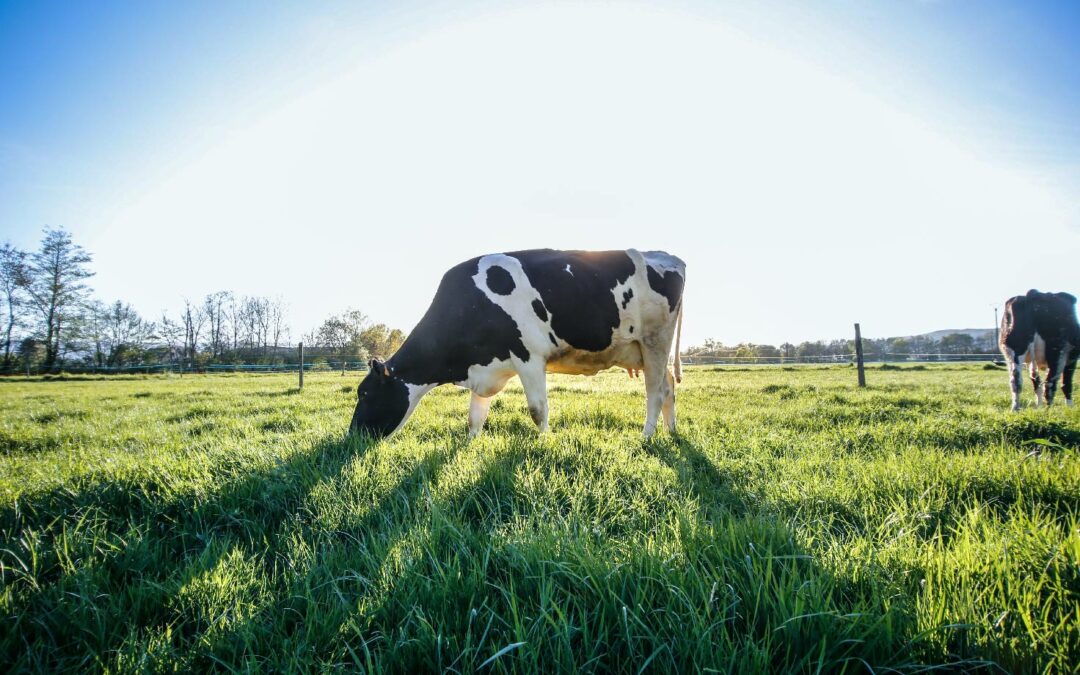All dairy farmers know that milk needs to be carefully cooled straight after milking to preserve its qualities and avoid the development of undesirable bacteria. This stage is rapid, but must also be carried out gently. It is essential to find the right balance.
Milk is a living, fragile raw material. To preserve all its organoleptic qualities and limit the development of bacteria, including pathogenic types, it must be cooled quickly once milking is completed. Milk coolers, or milk cooling tanks, are the most efficient way to preserve the properties of the milk and thus ensure its processing in total safety.
Aiming for 4°C in 3 hours
“The body temperature of a cow is 38.5°C, but milk is considered to leave the udder at about 35°C,” says Patrick Person, Marketing Manager for SERAP Group milk coolers. “Once the milk is transferred to the tanks, the challenge is to bring its temperature down to below 4°C in three hours. This temperature is based on European and world standards and is the one generally adopted by the dairy industry.”
Quickly… but gently
Milk needs to be cooled, certainly, but not any how! “The aim is to go quickly but gently, to preserve and stabilise the quality of the raw material,” says Patrick Person. “Cooling too quickly could damage the properties desired, or even freeze the milk: a step to be absolutely avoided at all costs, otherwise the overall structure of the milk fat is destroyed. That’s an irreversible process.” This raw material freezes at around -0.5°C. So the temperature needs to be reduced with care.
Stopping the development of bacteria
Left at room temperature, milk develops many undesirable bacteria. Some of these are dangerous to human health, while others have a negative impact on the processing of milk – for example, in the production of yoghurt or cheese. The cooling stage is thus a real health, industrial and commercial challenge. “Cooling at the right power level with precision and impeccable timing also preserves the fats in milk,” says Patrick Person. “Lipolysis, one of the processes that breaks down milk fat, makes dairy products develop a rancid taste: a flavour that is not very popular with consumers! Hence the need to quickly prevent this reaction by lowering the temperature of the milk, and thus stop the proliferation of lipases, the enzymes responsible for lipolysis.”
Choosing a variable power cooler
Twice a day, during milking, farmers use coolers into which hundreds litres of milk produced are continuously fed. This refrigeration process, which lowers the temperature of a volume that is constantly reheated by the influx of warm milk, is very energy-intensive. Hence manufacturers are keen to reduce the cost of this item by providing more energy-efficient models. One solution is to opt for variable power coolers, such as the Opticool. The idea is to adapt the cooling power transmitted to the volume to be cooled, depending on the ambient temperature.


